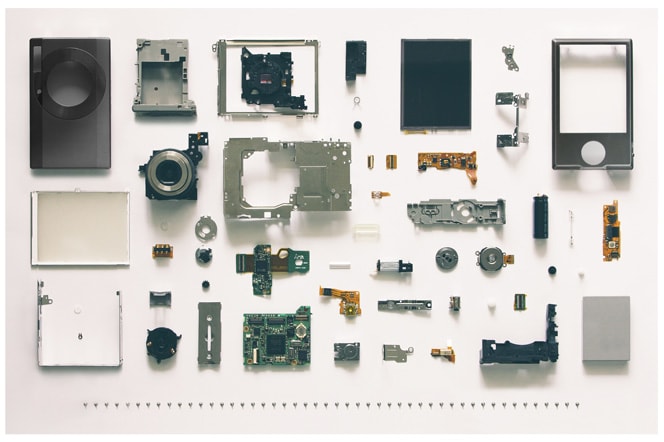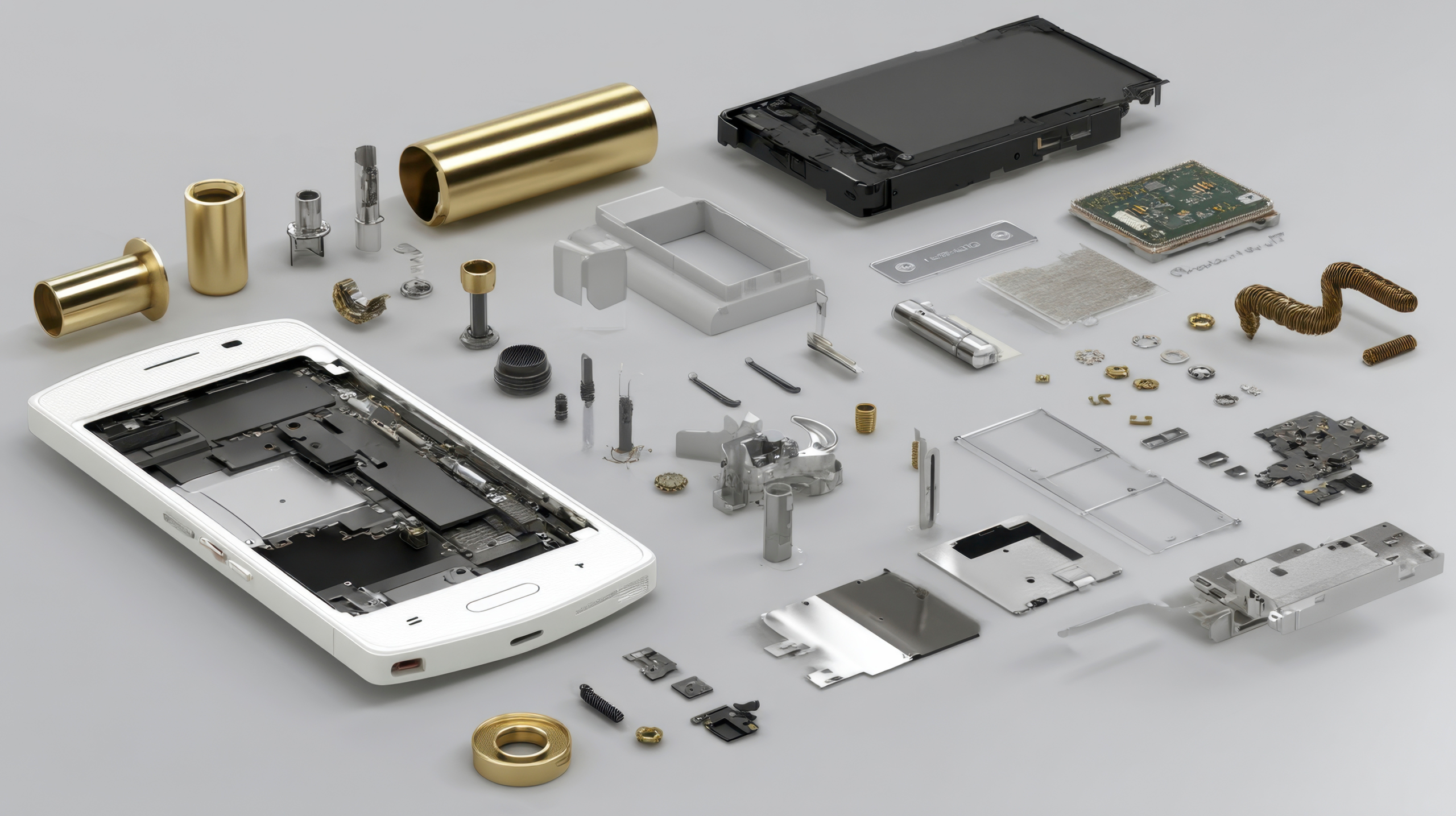As time has progressed, so too has the evolution of technology. This decade in particular has seen a prominent growth in not only human academic intelligence but also our ability to express this intelligence into feasible, functional, and applicable technologies. Although from a consumer perspective, this constant technological evolution is seen as an entirely positive process, it’s interesting to consider exactly how this affects the workings of the industrial product designer.
Finding a balance between simplicity and technological complexity
With continuous aspirations for innovation and intelligent advancements within the professional environment, the complexity of design is increasing every day. It’s through this ethos that the presentation of a greater challenge is given to product designers: the task of finding a balance between simplicity and technological complexity.
The constant need for product/service innovation and originality
Striking the correct balance is directly impeded by the constant need for innovation and originality, with both contributing to the unique selling points of any end product or service. Design is no exception to this expectation, and what better way to satisfy this need than by supplying simple products that embody the latest complex technological capabilities?

Perhaps it isn’t that simple, though. Ironically, incorporating unnecessary features within a design that visually amplifies complexity can sometimes be seen as a more straightforward path than a truly refined, human-focused product offering. These complex solutions tend to incorporate unnecessary elements that the designer assumes an end user may want and focus less on what is required.
This, therefore, presents a divide, typically amplified by the level of experience and industry exposure. Some designers will seek to impress through the bombardment of excessive features, to take advantage of consumer confusion and naivety, whilst others will strive to provide the end user only with what is needed, through a perceived simplified complexity. With this in mind, the success of any simplistic design can be seen to be an attribute of the industrial designer, with the results dependent on the ability of the individual to integrate complex technologies into products which are intuitive to the user.
Therefore, the wider design community’s appetite to integrate complex technology into simplistic products is not in question. What is up for debate is just how long the profession can keep up with technology, if fresh minds really can offer insights, how technology poses a threat, and whether or not future products will become so aesthetically and technologically simple that they require no input from a design professional at all.
Is industrial design soon to be dead?
It’s clear that technology shows no sign of slowing down, and that this presents industry challenges, especially as some product designers may find it more difficult to adapt. But there could be ways around this. It’s no secret that fresh talent contributes to the war on innovation, and according to evidence from scientific consensus, we appear to be getting smarter and increasing our problem-solving ability. So perhaps the key to maintaining simplicity and overcoming complexity is using fertile minds that can challenge technological evolution?
What’s also evident is that there is no clear-cut summary and definition of simplicity. There are similarities and points of difference from both a professional and consumer-focused perspective. Essentially, though, it appears that as long as a product’s perceived usability is kept simple and feasible, a designer can, within reason, add as much complexity as possible to ensure its success.
As detailed in John Maeda’s laws of simplicity, understanding is key to development, further highlighting the role of education in design progression. Perhaps then, to keep design competitive with technology, the educational requirements of the profession need to be altered? Increased learning, concerning core engineering principles and design processes, surely offers the most excellent approach to maintaining innovation. Ultimately, the industry demands designers capable of marrying aesthetic abilities with engineering aptitude and commercial awareness to ensure success.

Simplicity sells
Provided the design community keeps its understanding of technology up to date, there’s no reason why the profession will be affected. Although simplifying complexity will remain a constant challenge, through appropriate knowledge, learning, and fresh minds, innovation will always be achievable. Quite clearly, simplicity sells, but not without a little complexity to keep it interesting.
